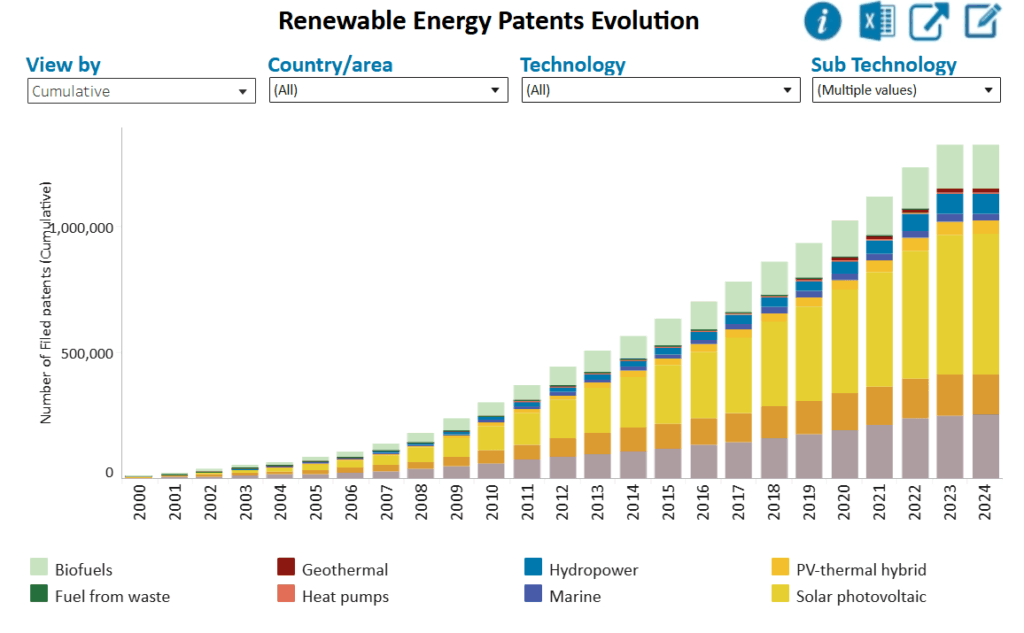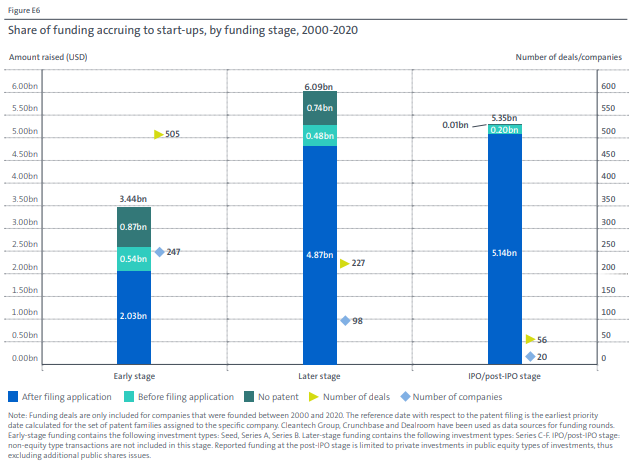World Environment Day, held each year on 5 June and led by the United Nations, raises awareness of the threats facing our planet — and what we can do to address them. In recognition of this day, we explore how the dream of limitless clean energy may be closer than we think. While solar and wind have laid the foundation, newer technologies like hydrogen and nuclear fusion are gaining momentum — and at the heart of their progress lies innovation and intellectual property (IP).
The growing pressure on power
Global energy demand is soaring — driven by the rise of electric vehicles, energy-intensive manufacturing, and the rapid expansion of AI, data centres and digital infrastructure. Electricity demand alone has grown at twice the rate of overall energy consumption over the past decade. By 2030, it is projected to rise by 6,750 terawatt-hours — more than the current combined usage of the US and EU. Data centres alone could account for 20% of that growth.
On top of this, electricity production remains the largest source of global CO₂ emissions. Without a rapid shift to cleaner energy sources, meeting climate goals over the next five to twenty-five years will be all but impossible.
A green transition underway
Fortunately, change is in motion. As we discussed in our 2025 Clean Tech Trends report, the renewable energy sector is accelerating. Global leaders — from policymakers to scientists — are striving to decarbonise the energy system while also tackling energy poverty, aiming to deliver clean, affordable power for all.

Solar and wind continue to dominate patent filings, accounting for 58% and 19% of renewable energy patents filed in 2024, respectively (See adjacent graph; source).
But despite their success, intermittent supply and grid strain limit their scalability. The question now is: what comes next?
Hydrogen: clean, flexible, scalable energy
Hydrogen is emerging as one of the most promising alternatives. Hydrogen fuel cells produce electricity by combining hydrogen and oxygen — emitting only water and heat. These cells can be integrated into existing infrastructure, making them highly adaptable.
Beyond cutting emissions, hydrogen offers an opportunity to decentralise power generation, which could ease grid pressure and benefit regions lacking reliable solar or wind resources. Companies like GeoPura argue that hydrogen could be the answer to both the AI energy boom and the electrification of transport, especially in the face of projected grid connection delays of up to 15 years.
Government and industry support is also growing. A 2024 white paper from Bosch, Centrica, and Ceres outlined hydrogen’s role in decarbonising UK power through solid oxide fuel cells (SOFCs). And yet, a challenge remains: while hydrogen fuel cells are green, the hydrogen used to power them often isn’t. As of 2024, only around 1% of global hydrogen is produced via low-emission methods like electrolysis — the rest is derived from fossil fuels. Scaling up ‘green hydrogen’ production will be crucial.
Momentum is building. In 2024, the UK committed £2 billion to fund 11 commercial electrolytic hydrogen projects, attracting an additional £413 million in private investment. In the US, Electric Hydrogen is delivering a 100MW electrolyser system capable of producing 45 tonnes of hydrogen per day with minimal emissions. According to the International Energy Association’s Global Hydrogen Review 2024, annual production of low-emissions hydrogen could reach 49 Mtpa H2 by 2030, up from 1 Mtpa H2 in 2024.
The pace of innovation is clear — but sustained progress requires more than technology alone.
Fusion energy: approaching a breakthrough?
Looking ahead, nuclear fusion could become the ultimate clean energy source. By fusing light atomic nuclei — typically deuterium and tritium — fusion releases vast amounts of energy without carbon emissions. One gram of fuel can generate the same energy as 20 tonnes of coal. With deuterium abundantly available in seawater and new tritium breeding techniques in development (e.g. by the likes of Oxford Sigma), fusion promises safe, scalable, and virtually limitless power.
Compared to nuclear fission, fusion produces significantly less radioactive waste, with materials becoming safe in around 100 years — not thousands, and carries a much lower risk of catastrophic failure.
Once considered a far-off fantasy, fusion is now edging closer to reality. In 2025, the EU unveiled its Competitiveness Compass, a roadmap that includes a new fusion strategy and public-private partnerships. The ITER project in France continues to make progress, while the UK has committed £410 million to develop the STEP prototype fusion plant, expected to be operational in the 2040s.
Why intellectual property matters
As hydrogen and fusion technologies scale up, the role of intellectual property becomes more critical than ever. Both fields face substantial barriers: long R&D timelines, high capital costs, and complex global supply chains. In this environment, IP provides innovators with a strategic advantage — helping protect their ideas, attract investment and support market growth.
IP and access to funding
In the hydrogen sector, around half of international patent families in the period 2011-2020 related to hydrogen production technology, with most of the patents filed in 2020 shifting toward greener hydrogen production methods.

It has been found recently that over 80% of late-stage venture capital funding in the hydrogen sector has gone to companies with existing patent applications. (See above graph; source)
In comparison, in the fusion space, innovators have commonly eschewed the pursuit of patents, believing commercial fusion to be too far off for a 20-year patent term to be relevant. That logic is now shifting, particularly as US-based fusion firms with robust patent strategies dominate funding rounds.
IP and collaboration
IP does more than protect inventions — it creates the legal scaffolding that enables meaningful collaboration. In frontier technologies like hydrogen and fusion, where development costs are high and technical expertise is globally dispersed, innovation increasingly happens across borders and between sectors. Whether it’s a private company building on public R&D or international teams co-developing fusion reactors, clear and enforceable IP rights are essential to align incentives, manage shared risk and ensure fair returns. In this way, IP acts not as a barrier, but as a bridge — fostering the trust needed to turn bold ideas into shared progress.
IP and market confidence
In emerging clean energy sectors such as hydrogen and fusion, IP will serve as a key instrument of market confidence. Hydrogen and fusion technologies are often capital-intensive, complex, and years away from profitability. For investors, robust IP portfolios will provide assurance that a company’s innovations are both unique and defensible — that they are not merely speculative science projects, but investable propositions. Patents thus have a key role in transforming R&D into tangible, protectable assets, offering a degree of certainty in an otherwise uncertain innovation landscape. With greater certainty provided, IP in turn can help channel private capital into high-impact green technologies, accelerating their path from lab bench to power grid.
A tool for global impact
This World Environment Day, we find ourselves at a turning point. Hydrogen and fusion have the potential to reshape the global energy landscape — but realising that promise will require coordinated innovation, investment and policy support.
IP will play a central role. Not just as a tool for protection, but as a foundation for confidence, cooperation and commercialisation. To fully unlock its potential, we must also embrace IP models that support responsible licensing, open innovation and global access. If we succeed, IP may become one of our most powerful tools in the fight against climate change.

